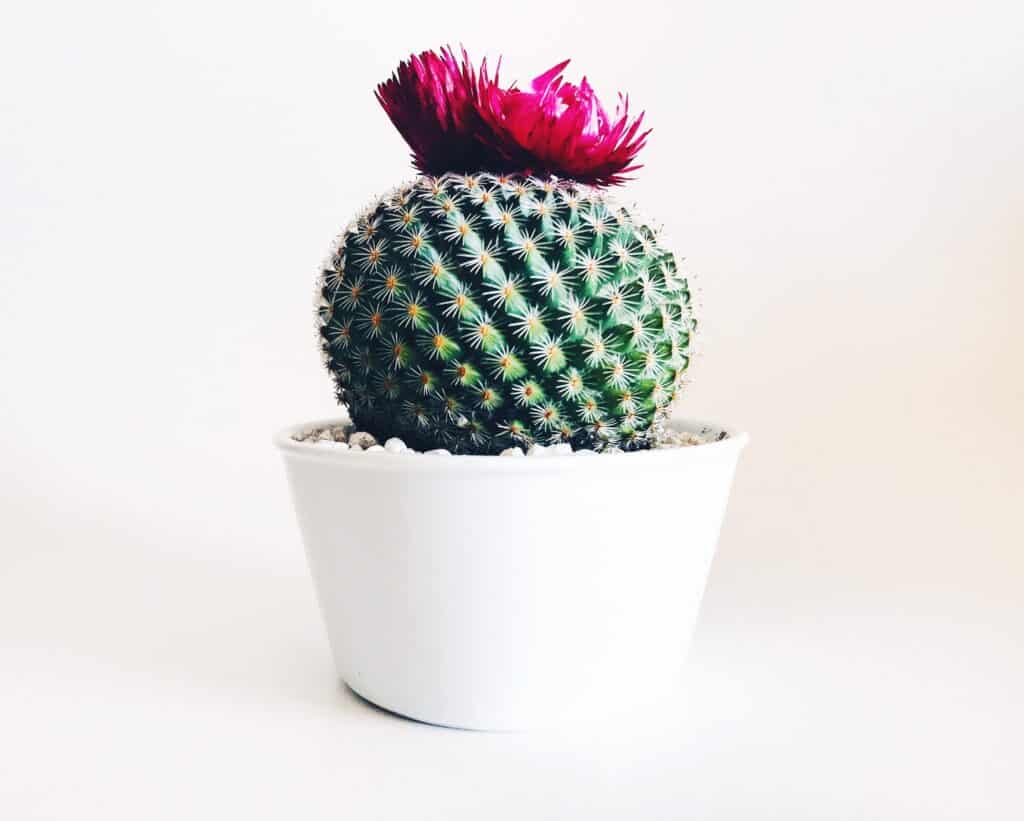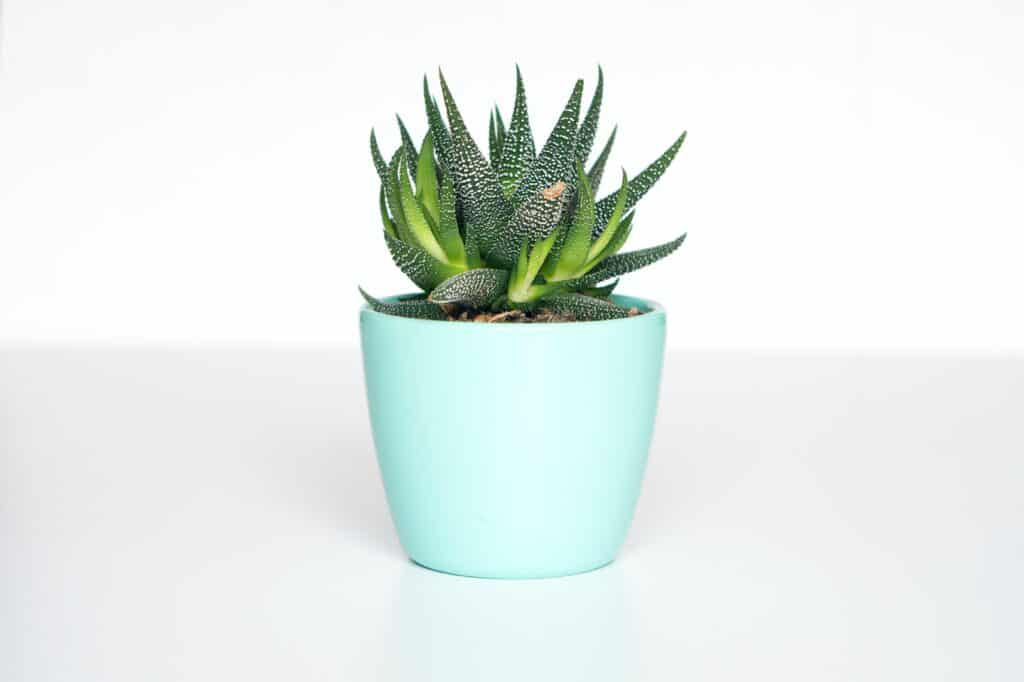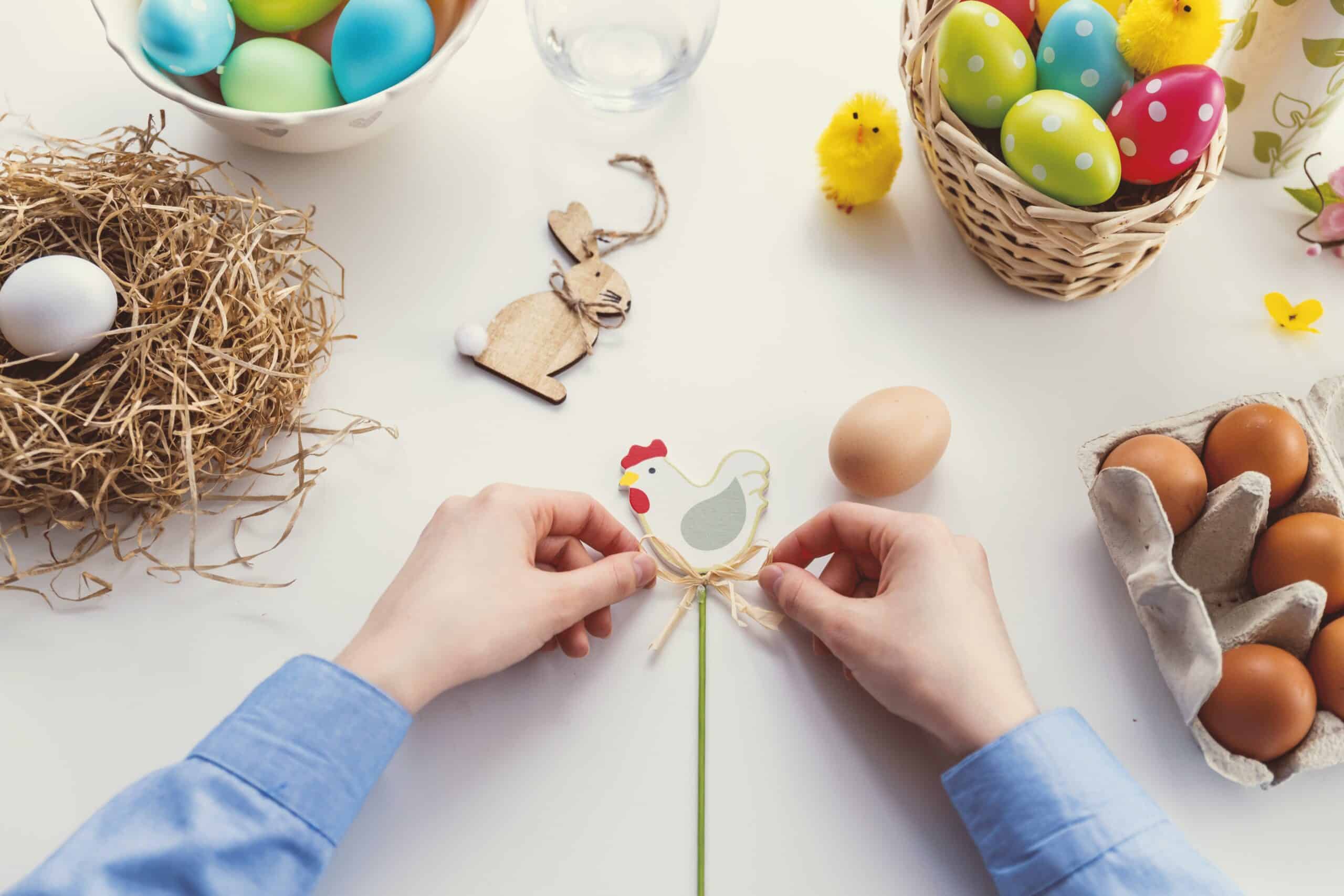Transform your cactus collection with ease! Learn how to repot a cactus and get ready to give your plants the upgrade they deserve!
Repotting a cactus can be a bit intimidating, but with the right techniques and a little patience, you can successfully transplant your cactus into a new pot.
Cacti are easy-to-care for indoor plants that don’t need frequent repotting. However, when a cactus becomes rootbound, it must be transplanted correctly and safely. This is typically needed when roots start to come out of the bottom drainage holes or when the cactus appears too big for its current pot. Cacti are slow-growing, so they typically only need to be transplanted every 3-4 years unless they are a faster-growing variety, which may require it every 2-3 years.
Transplanting cacti can be challenging and dangerous due to their sharp protective spines. To safely replant a mature cactus or a cactus pup, using a rolled towel or folded newspaper is a useful method. Additionally, investing in a pair of heavy-duty protective gardening gloves is recommended. Avoid gloves made of fabric, as they are easily penetrated by cacti spines, and instead opt for gloves made of thick canvas or leather.

Here are some expert tips to ensure a successful repotting.
How to report a Cactus
- Choose the right time
The ideal time to repot a cactus is during its active growing period, which is typically in the early to mid-spring. This is when the cactus begins to experience a burst of growth, making it better equipped to handle the stress of being handled and replanted. Repotting at this time will also give the cactus the best chance to acclimate to its new environment and begin growing in its new pot. It’s important to remember that repotting is a stressful experience for any plant, so it’s crucial to choose the right time to ensure its success. By repotting your cactus during its active growing period, you can give it the best opportunity to thrive in its new home.
- Choose the right pot
When repotting a cactus, it’s important to choose the right pot that will provide the right conditions for the plant to thrive. A pot that is slightly larger than the previous one is ideal, as it will give the cactus room to grow and develop its roots. The pot should also have drainage holes to let the excess water drain away and prevent root rot. Root rot is a common issue among houseplants and can be caused by overwatering or poor drainage. By ensuring that your new pot has adequate drainage, you can help prevent this problem and keep your cactus healthy and thriving. When selecting the right pot for your cactus, it’s important to consider the size and growth habits of the plant, as well as the type of soil and drainage you will be using. By choosing the right pot and filling it with a quality soil mix, you can give your cactus the best chance for a successful and stress-free repotting experience.
- Prepare the soil
Before repotting your cactus, it’s important to properly prepare the soil to ensure the best possible growing conditions for your plant. A well-draining cactus or succulent soil mix is ideal, as it will provide the right balance of moisture and air to the roots. To further improve drainage, you can add a layer of sand or gravel at the bottom of the pot. This will help prevent water from becoming trapped in the soil and causing root rot, which can be a common issue for cacti and other succulent plants. By taking the time to properly prepare the soil, you can help ensure that your cactus will thrive in its new pot and continue to grow and develop its roots. Additionally, it’s a good idea to let the soil dry out a bit before repotting to make it easier to work with and less prone to compaction. When preparing the soil, it’s important to consider the specific needs of your cactus, including its size, growth habits, and the amount of sunlight it will receive in its new home.

- Wear protective gear
When repotting cacti, it’s important to take proper safety precautions to protect yourself from the sharp spines that can be found in many cactus varieties. Wearing gloves and eye protection can help reduce the risk of injury and make the repotting process much safer and more comfortable. It’s best to choose gloves that are thick and made from a protective material such as canvas or leather, as cacti’ spines can easily penetrate thinner fabrics. Eye protection can also be important, especially if you are working with a large or unwieldy cactus that may cause soil or other debris to become airborne during the repotting process. Taking these simple steps, you can help ensure a successful and injury-free repotting experience while also protecting your plants from unnecessary damage. Additionally, it’s a good idea to work in a well-lit area and to have a clean and clear workspace, as this will help you see what you are doing and reduce the risk of accidental damage to your plants.
- Gently remove the cactus
When repotting a cactus, it’s important to handle the plant gently and carefully to avoid damaging the roots or injuring yourself. To start, hold the cactus by its base and gently loosen the root ball. If the cactus is large or heavy, you may need to use a shovel to help lift it out of the old pot. It’s best to take your time and be patient, as cacti have delicate roots that can be easily damaged if you pull or tug too hard. If the roots are tightly bound within the old pot, you may need to gently tease them apart using a fork or your fingers. Once you have successfully removed the cactus from its old pot, you can examine the roots and look for any signs of disease or damage. If necessary, you can use a clean pair of scissors or pruning shears to remove any damaged or diseased roots. This will help encourage the plant to focus its energy on healthy roots and promote vigorous new growth.

- Trim the roots
When removing a cactus from its old pot, it’s important to take a close look at the roots and assess their condition. If you see any brown or damaged roots, it’s best to trim them away using a clean pair of scissors or pruning shears. However, it’s important to be mindful not to cut away too much of the root system, as this can be stressful for the plant. A healthy cactus root system should be firm and white, with no signs of rot or decay. Trimming away a small number of roots, however, can help stimulate new root growth and encourage the cactus to adapt to its new pot and soil. Once you have trimmed the roots, you can place the cactus into the new pot and begin to add soil around the roots. Make sure to gently firm the soil around the roots, but be careful not to compact it too tightly, as this can restrict root growth. Finally, water the cactus thoroughly and allow it to drain before placing it in a bright, sunny location.
- Place the cactus in the pot
After preparing the soil, place the cactus in the new pot, making sure it is positioned straight and level. Fill in around it with the soil mixture, gently tamping it down to remove any air pockets. Make sure to keep the soil level consistent with the soil surface of the previous pot to minimize the shock to the plant. Once the pot is filled, water the cactus gently to settle the soil and help it adjust to its new environment.
- Water sparingly:
Once you have finished repotting the cactus, it is important to allow it time to settle into its new environment. For the first few weeks, it is best to water the cactus sparingly. This will give the roots time to recover and adjust to their new surroundings without the risk of root rot. When you do water the cactus, be sure to only use a small amount and allow the soil to dry out completely before watering again. As the plant starts to recover, you can gradually increase the frequency of watering. It is essential to be mindful of the water needs of your specific type of cactus, as some cacti species prefer to dry out completely between watering while others need a little bit more moisture.
The easiest type of cacti to repot
Barrel cacti and Christmas cacti are two of the simplest types of cacti to repot due to their shallow root systems and manageable size. Unlike many other species of cacti, barrel, and Christmas cacti do not have an extensive root system that requires a large pot, making them an ideal choice for those new to repotting cacti. Additionally, the compact size of these cacti means they are easy to handle and less likely to cause injury during the repotting process. With proper care, barrel and Christmas cacti are excellent houseplants that will thrive in their new pot, providing years of beauty and low-maintenance enjoyment.
Expert advice
As an expert in the field, I highly recommend adding a layer of rocks or pebbles on top of the soil when repotting a cactus. This uncommon technique not only helps anchor the plant in place and prevent it from becoming top-heavy and falling over in the new pot, but it also has other benefits. By adding a layer of rocks on top of the soil, you can improve drainage and prevent water from pooling around the cactus roots, which can lead to root rot. Additionally, this layer of rocks can also help regulate soil temperature, keeping the roots of the cactus cool in the summer and warm in the winter. Overall, incorporating this uncommon expert advice into your repotting process will help ensure that your cactus is healthy, stable, and thriving in its new home.
What we love from Amazon this week
Buy these wonderful flowers directly from Amazon:
















